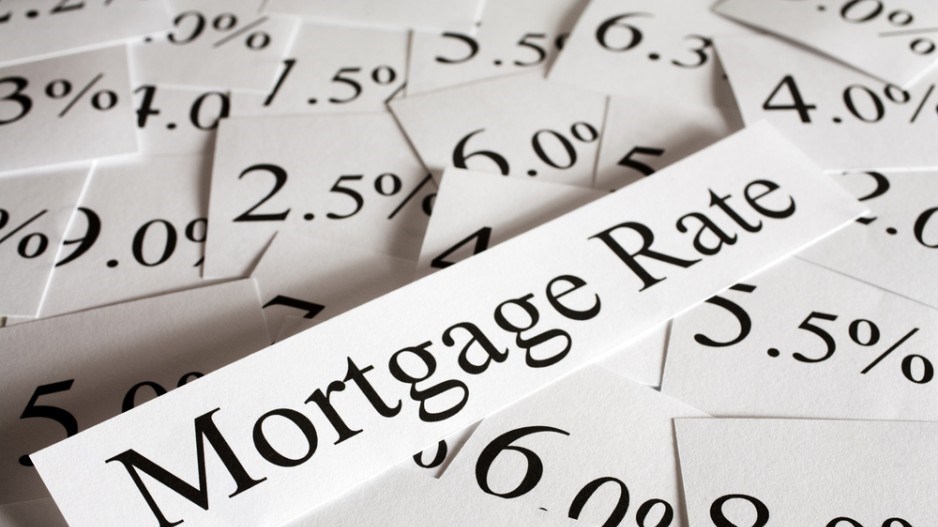If you’re in the market for a mortgage in Canada, you’ve probably noticed something interesting over the past few weeks. Discounts off the prime rate are starting to shrink, and the best deal on a 5-year variable rate mortgage is now prime – 1%. This marks a change from just last Monday when the best discount was prime – 1.1%. So, what’s going on, and why should you care?
1. Why Lenders Reduce Discounts Off the Prime Rate
To understand why discounts are shrinking, it helps to look at how lenders price their mortgages. The prime rate is the benchmark interest rate that banks use to set rates for loans. When lenders offer discounts off the prime rate, they’re essentially lowering the cost of borrowing. But when economic conditions change—like inflation, bond yields, and central bank policies—lenders adjust their offerings to manage their risk and profitability.
In Canada, the Bank of Canada (BoC) has kept the policy rate relatively high in recent months, aiming to control inflation. As a result, lenders adjust their discounts because their cost of borrowing money has also increased. They pass these higher costs onto consumers, meaning smaller discounts off prime rates.
2. Why You Should Secure Your Mortgage as Soon as Possible
If you’re looking to secure a mortgage, time is of the essence. While the best deals might be available now, there’s a good chance they could shrink further as the BoC prepares for its next rate decision on January 29, 2025. The consensus is that the BoC will lower the overnight rate by 0.25%, which could have an impact on prime rates. When rates drop, lenders often adjust their discounts off of the prime rate to reflect those changes. But don’t expect them to pass the full reduction onto borrowers—lenders will still protect their margins.
Securing a mortgage now, before further discounts shrink, could lock you into a better deal and save you from higher costs in the future. Even a small difference in your rate can add up over the life of your mortgage.
3. Variable Rate Mortgages: Fixed vs. Adjustable Payments
When it comes to variable rate mortgages, there are two main types to consider: fixed payment and adjustable payment mortgages.
- Fixed Payment (or Constant Payment) Variable Mortgage: With this type of mortgage, your monthly payments stay the same, even if the interest rate changes. The difference is that as rates change, more or less of your payment will go toward paying off interest versus the principal. While this provides stability in your monthly budget, it also means that if rates drop significantly, you won’t benefit as much from the decrease.
- Adjustable Rate Mortgage (ARM): With an adjustable rate, your monthly payments fluctuate along with the prime rate. If rates go down, your payments could decrease, saving you money over time. Given the potential for rates to decrease in the near future (especially if the BoC lowers rates), this type of mortgage could be appealing if you’re comfortable with some level of payment variability and want to take advantage of future rate drops.
Final Thoughts
With mortgage discounts off the prime rate shrinking, now might be the time to act if you’re considering a variable rate mortgage. Lenders are likely to adjust their discount offerings in response to the upcoming Bank of Canada rate announcement, and the best deals may not last long. Whether you go for a fixed payment variable mortgage or an adjustable one depends on your appetite for risk and your expectations for future interest rates.
If you’re uncertain about which option is right for you, consulting with a mortgage broker or financial advisor can help you navigate these changes and secure the best deal based on your financial goals.






